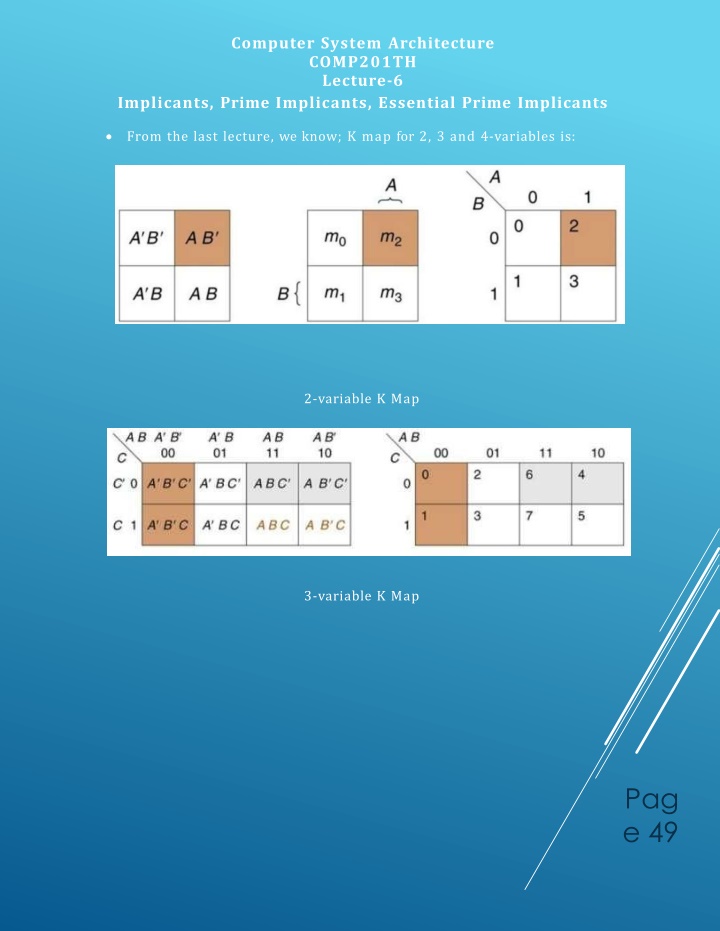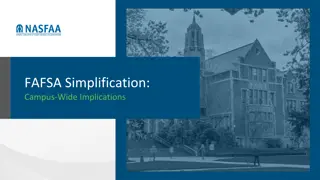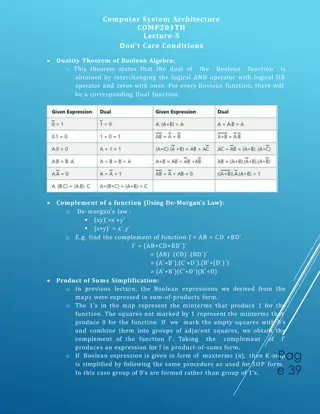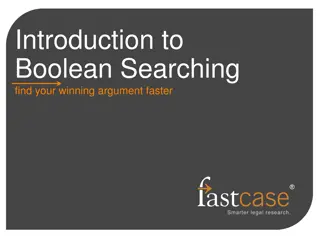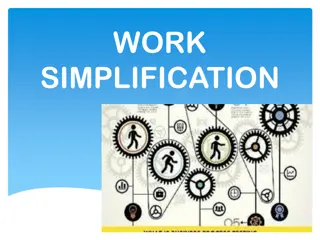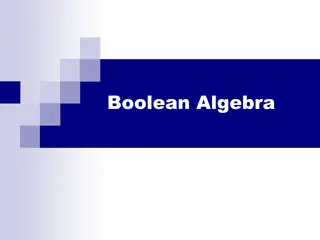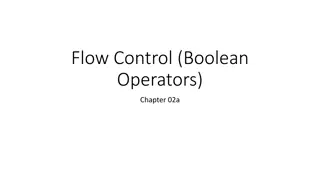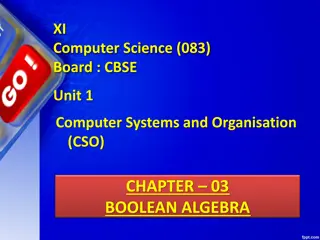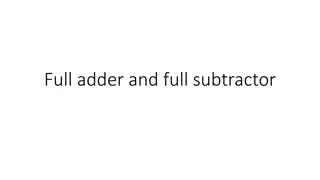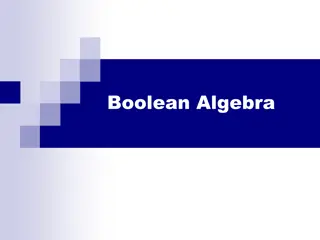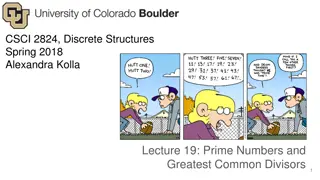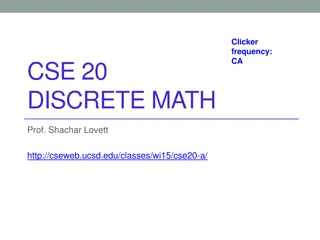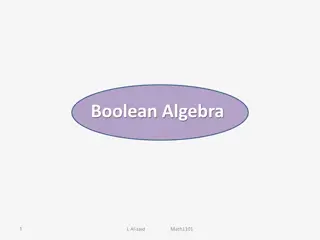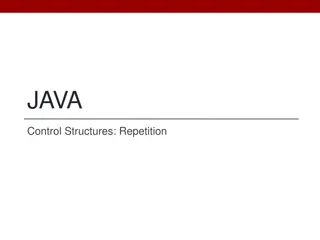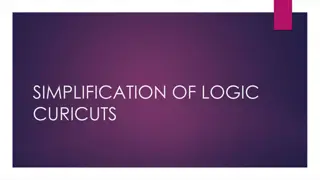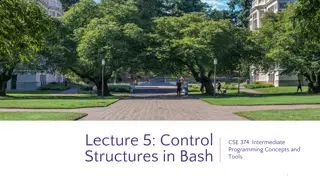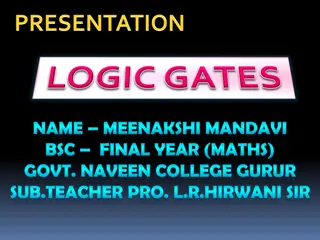Boolean Function Simplification using Prime Implicants and Essential Prime Implicants
Understanding the concepts of implicants, prime implicants, and essential prime implicants is crucial for simplifying Boolean functions using Karnaugh maps. Prime implicants are the largest possible groups of 1s, while essential prime implicants are those that must be included in the minimal sum-of-products expression. Non-essential prime implicants can also be selected but are not mandatory. This process helps in deriving the minimum SOP expression efficiently.
Download Presentation

Please find below an Image/Link to download the presentation.
The content on the website is provided AS IS for your information and personal use only. It may not be sold, licensed, or shared on other websites without obtaining consent from the author.If you encounter any issues during the download, it is possible that the publisher has removed the file from their server.
You are allowed to download the files provided on this website for personal or commercial use, subject to the condition that they are used lawfully. All files are the property of their respective owners.
The content on the website is provided AS IS for your information and personal use only. It may not be sold, licensed, or shared on other websites without obtaining consent from the author.
E N D
Presentation Transcript
Computer System Architecture COMP201TH Lecture-6 Implicants, Prime Implicants, Essential Prime Implicants From the last lecture, we know; K map for 2, 3 and 4-variables is: 2-variable K Map 3-variable K Map Pag e 49
4-variable K map Covering of a function: o A switching function f(x1,x2,....xn) is said to cover g(x1,x2,....xn) denoted by f is superset of g if f does. assumes true value whenever g Whenever g is 1, f is also 1 i.e. f is having value whenever g is true. g 0 1 0 0 f 1 1 0 0 true 0 1 2 3 f g {0,1} {1} Here f contains minterm0 and minterm1. So, we can say: f covers g If g has x minterms and g is a function of n variables, then number of covering functions for g is 2n-x 2 Pag e 50
Implicant: o A group of one or more 1 s which are adjacent and can be combined on a Karnaugh Map is called an implicant. i.e. in this we include group of 1 1 s, 2 1 s, 4 1 s, 8 1 s, 16 1 s.....2n1 s i.e. while grouping 1 s we group them in power of 2 and if single 1 is left then its also taken as a group. o From the point of view of the map, an implicant is a rectangle of 1,2,4,8,... 2n1 s. o In other words, an implicant is a product term that can cover minterms of a function. Prime Implicant: o Largest possible group of 1 s. In other words, the biggest group of 1 s which can be circled to cover a given 1 is called implicant. o To find prime implicants, we use all possible groups formed in K- map. A minimal solution will never contain non-prime implicants. Essential Prime Implicant: o prime implicant in which at least there is single 1 which cannot be combined in any other way. Essential prime implicants are those implicants which always appear in final solution. o These are those groups which cover at least one minterm that can t be covered by any other prime implicant. Non Essential Prime Implicants: o A prime implicant in which all of its covered 1 squares are covered by one or more other prime implicants. o i.e. a prime implicant where every one of its squares is part of another prime implicant. a prime Why do we need all these implicants? While finding minimum SOP expressions from K map the only term we need to care about are prime implicants. Essential prime implicants are the prime implicants that must be used in any min SOP expression. It may have non-essential prime implicants only if the essential prime implicants don t cover all squares. There can be more than one simplified SOP due to the selection of non- essential prime implicants. product Pag e 51
Procedure for finding the SOP form a K Map: Step 1: Form the 2-,3-, or 4- variable K map as appropriate for the Boolean function. Step 2: Identify all essential prime implicants for 1s in the K map. Step 3: Identify non-essential prime implicants for 1s in the K map. Step 4: For each essential and one selected non-essential prime implicant from each set, determine the corresponding product term. Step 5: Form a sum-of-products with all product terms from previous steps. Examples: Pag e 52
Pag e 53
Pag e 54
Pag e 55
Pag e 56
